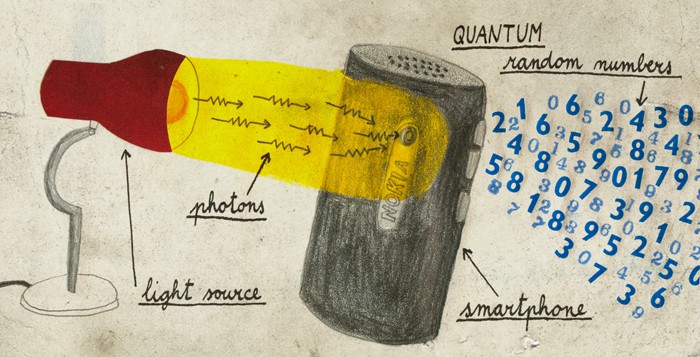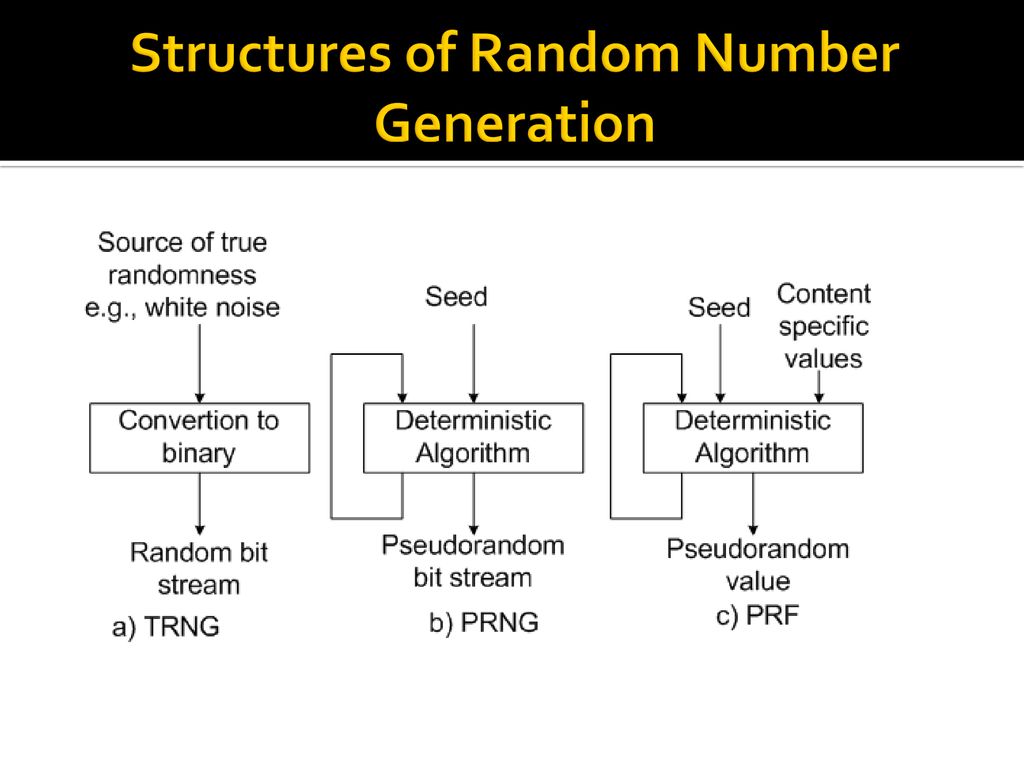
But how is randomness quantified? Computerized pseudorandom number generators are based on finite sequences of numbers that appear to have no order or structure. A random number generator should produce unpredictable behavior (or at least the appearance of it). To build robust pseudorandom behavior in a game, you typically want some or all of the following traits: However, not all random sources are created equal, and using a random source poorly can undermine its purpose. Unexpected surprises can make a game more fun for the player behavior that changes with every playthrough can add replay value to a game elements that mimic natural chaotic systems can make a game world more immersive.īuilding a game that relies on elements of chance typically involves the use of a pseudorandom number generator, or random source. There are board games where a die roll determines the player’s movement, card games with shuffled decks, arcade games where enemy creatures appear at unpredictable times, role-playing games where every action has a chance to succeed or fail, open-world games where background characters wander naturally, and many, many more examples.


Games are full of mechanics based on chance and probability.


 0 kommentar(er)
0 kommentar(er)
